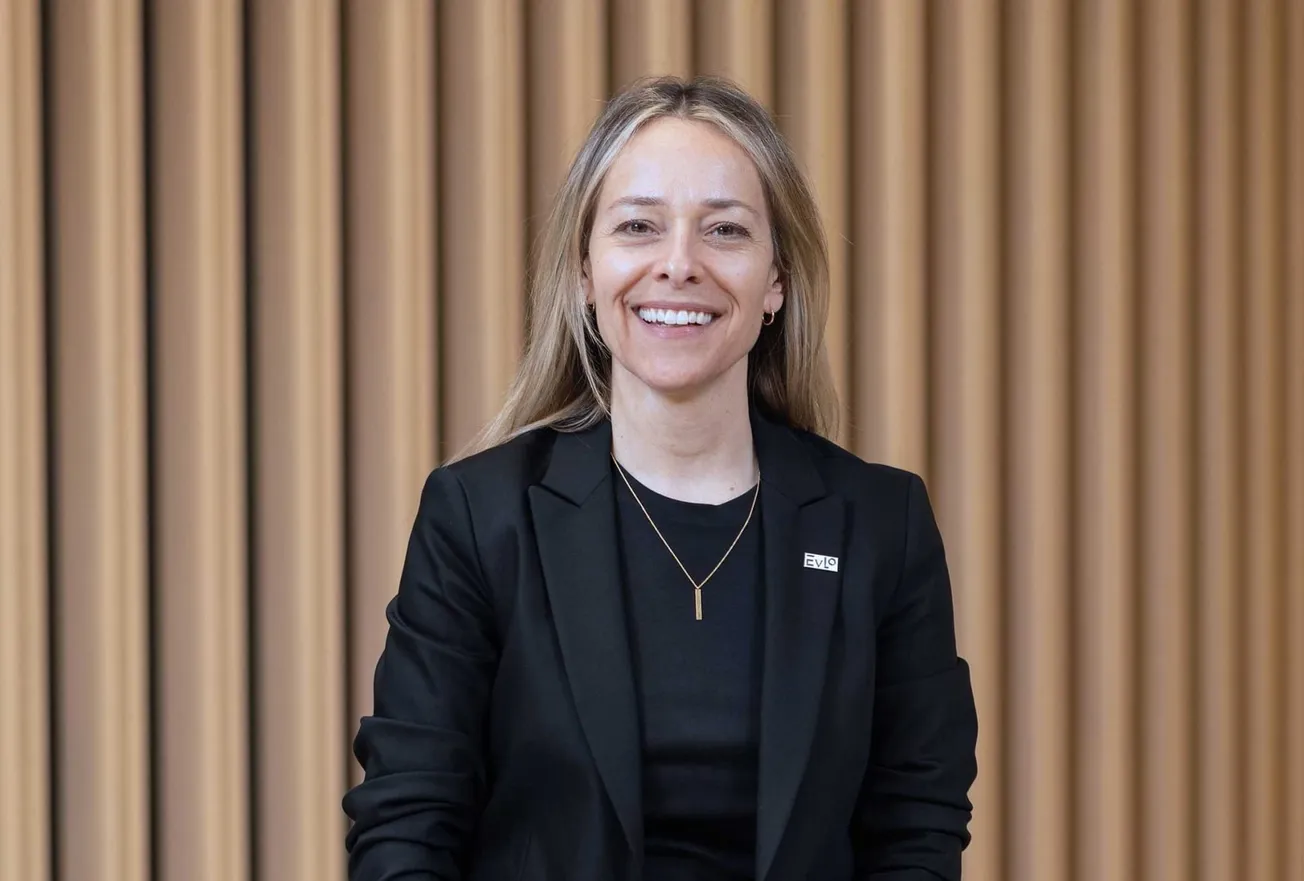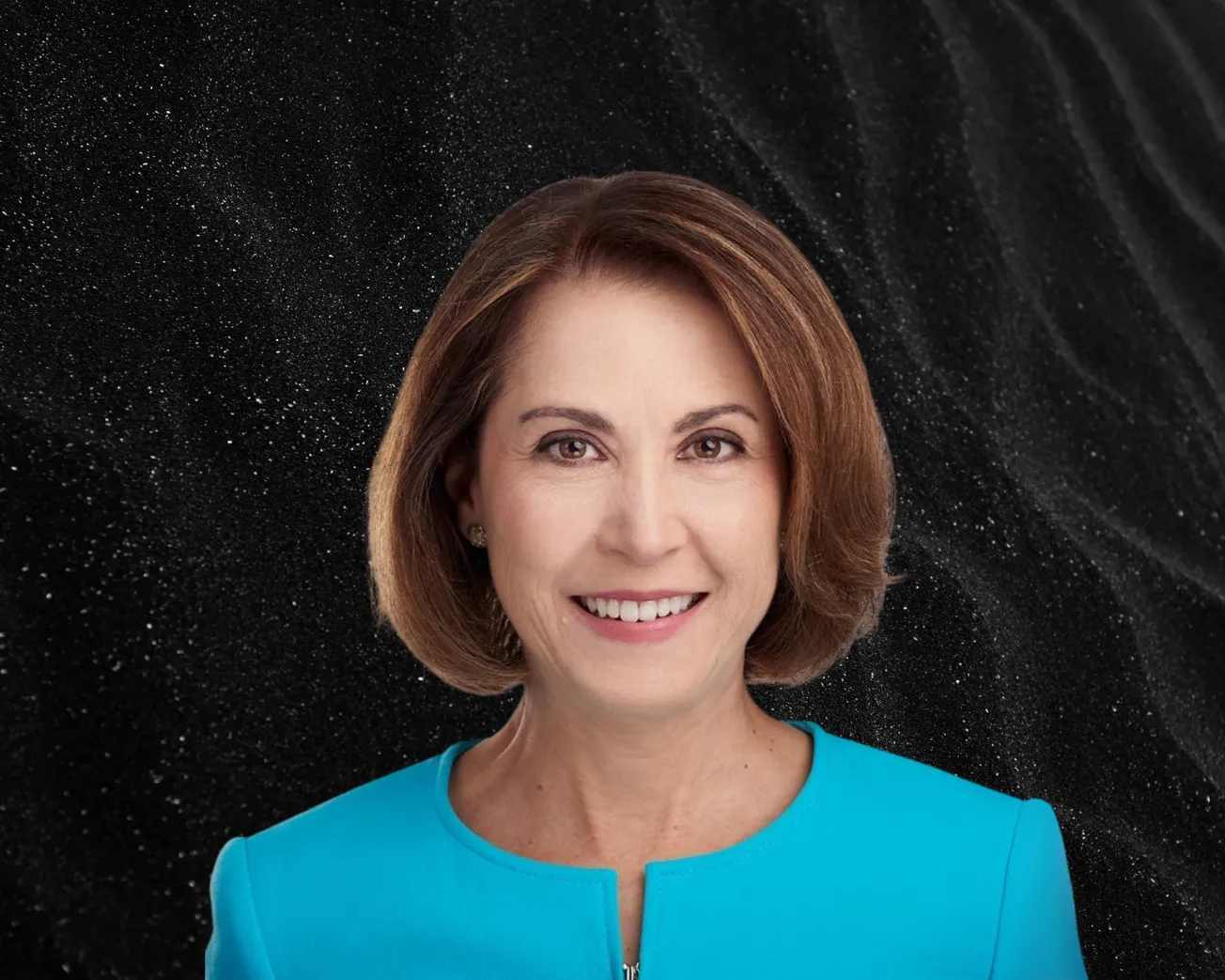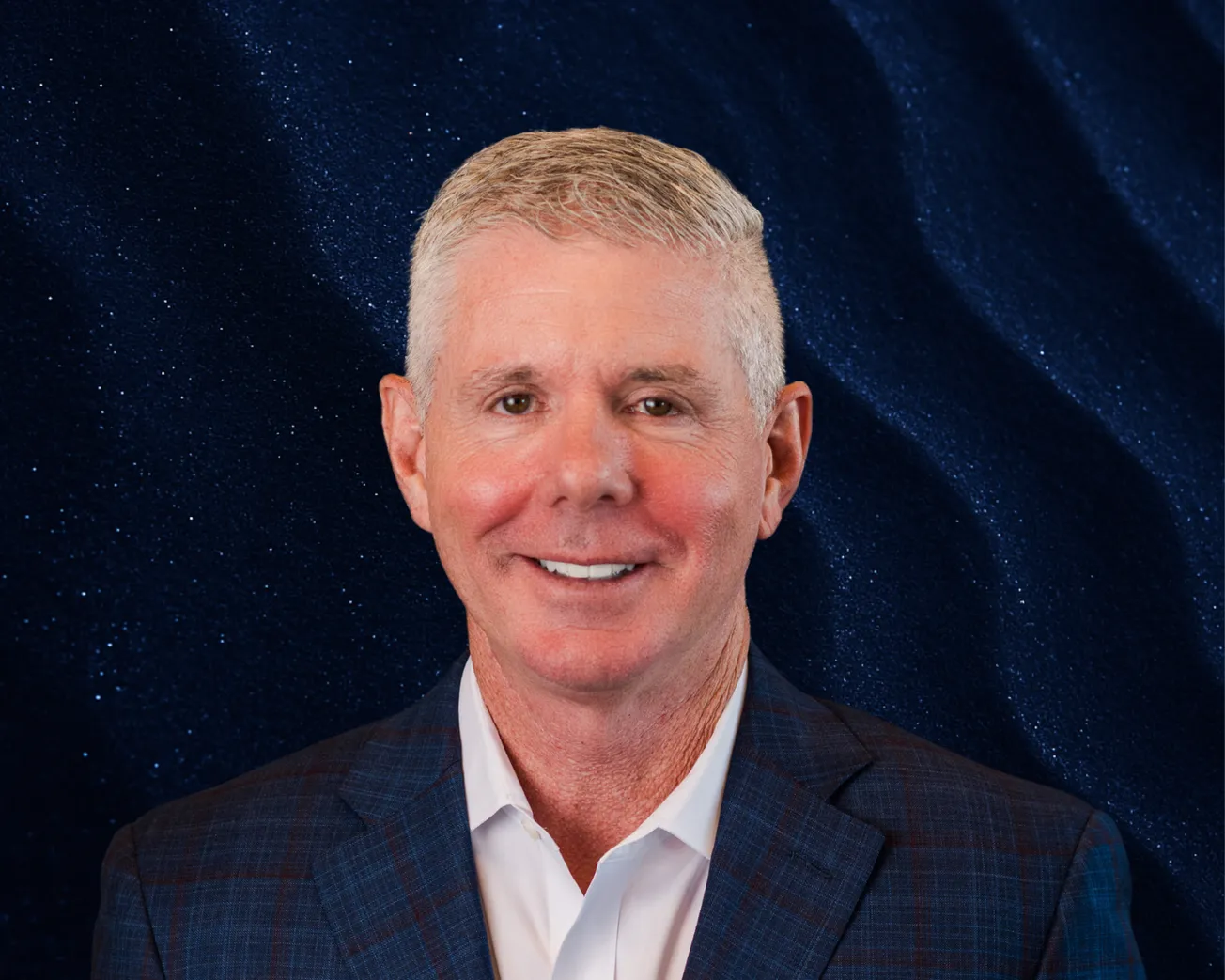Table of Contents
Sonia St-Arnaud, CEO of EVLO Energy Storage, sat down with Onyx for a feature-length interview.
What have been the driving forces in your career?
I began as an accountant at Price Waterhouse, but even back then, I soon recognized I wanted to work with something meaningful—something that contributes to the greater good. That’s why I chose to join Hydro-Québec, Canada’s largest electricity producer and one of the world’s largest hydropower producers. It’s a large, clean energy company, and for me, that mattered.
I started out in finance, but from a very generous colleague in engineering, I learned a lot—generation, transmission, and distribution. Eventually, I realized that my aspirations extended beyond finance. I wanted to build things and be on the operational side. That led me to develop infrastructure projects and partnerships with independent power producers.
Hydro-Québec asked if I could commercialize some of their innovations. I looked at the first prototypes of battery storage systems and thought, ”This is a game-changer. These aren’t dams holding back water —you can move them, place them where you need them.” They provide a level of flexibility that the grid lacked. That was when I saw how vital this evolution of the electrical grid would be, and I wanted to be part of it.
For me, energy is a passion. I visit wind farms on vacation. I went to Portugal once, and we stopped the car just so I could take pictures of a wind farm! The energy transition to a more sustainable future isn’t just a job—it’s what drives me.
Could you explain what EVLO does?
EVLO Energy Storage (EVLO) is a battery energy storage system and solutions provider. We design, manufacture, and maintain our systems, including the energy management software—the brain that controls everything.
We’re a wholly-owned subsidiary of Hydro-Québec, which produces 99% of its electricity from clean sources—hydropower and wind, mostly. Innovation has always been part of Hydro-Québec’s DNA. It developed 735 kV transmission lines back in the '60s, which massively increased how much power we could carry on one line. In the ’90s, Hydro-Québec worked to develop the LFP battery chemistry, which is safer and longer-lasting, and first commercialized it at the turn of the 2000s.
I’ve been with Hydro-Québec for over 20 years. Five years ago, I joined EVLO, which had about 15 employees at the time. Now we’re more than 170, comprised of a highly skilled team across electrical, mechanical, software, and automation engineering.
Why is energy storage such a crucial part of the green transition?
Wind and solar are intermittent energy sources. Battery energy storage is necessary for ensuring a stable and reliable power supply.
Batteries store energy when production exceeds demand and release it when demand exceeds production. It balances the grid. Without that, you can’t guarantee reliability to customers. And the great thing is, batteries can be installed anywhere—near a wind farm, near a city. They’re flexible, and that’s essential for integrating renewables into the grid. California and Texas, for instance, are moving very fast. Renewables—wind, solar and energy storage—make up 30 to 40% of their energy mixes. While not all regions are progressing at the same pace, it is great to see pioneers leading the way. Others will eventually follow. We have no choice—we have to do this transition.
Energy is a conservative industry—it has to be, because electricity is essential. So, engineers are cautious. But once they do one project and see it works, they’re ready to do more. Each project is a learning opportunity, and that’s what innovation needs.
Germany, Spain—those countries are also moving quickly. And each successful project raises the quality and confidence in the next one.
Especially with rising demand from AI and data infrastructure, is the need for energy growing fast?
It is. In Virginia, for example, one of our customers is scaling up due to AI— because AI needs capacity and stability. And now, solar plus storage has become the cheapest source of new energy. That’s a big shift. When it was more expensive, adoption was slower. But costs for solar and battery have dropped significantly, and that helps speed things up.
You mentioned LFP batteries earlier. Could you talk about why EVLO chose LFP, and how it compares to alternatives?
We’re really proud of that choice. When we started, most competitors were using NMC (nickel manganese cobalt). But we chose LFP—lithium iron phosphate—because Hydro-Québec actually developed the third-generation LFP chemistry. We know it well.
First, LFP is safer—the risk of thermal runaway is much lower. Second, it lasts longer—you get more charge-discharge cycles. Third, it doesn’t use cobalt, so it’s better from a sustainability standpoint. It’s a friendlier chemistry in terms of raw materials.
And what about your supply chain—how do you source your components?
Right now, the LFP cells and modules come mainly from Asia. But other strategic components are mostly from North America.
There’s growing interest from manufacturers to open plants closer to where the demand is, and we welcome that. Reducing transportation is key—shipping contributes significantly to emissions. But manufacturing cells and modules is sophisticated work, and it takes time to develop the infrastructure and expertise needed here.
And EVLO offers a fully integrated system—why did you take that approach?
We wanted to offer a one-stop solution. Many companies provide only a piece of the puzzle—batteries, converters, software. But, we design and assemble the entire system, including the EMS (Energy Management System). This allows us to run full simulations to accurately model how the final system will operate. That means it’s tested, reliable, and essentially plug-and-play.
I saw EVLO had a recent project in American Samoa. That must have presented some unique challenges?
Yes, very different geography! Samoa is remote, so logistics were a challenge. But they have a strong commitment to their goal—they want to achieve net-zero targets by 2040. Our battery systems are a perfect fit for that, especially when combined with solar.
One thing we’re really proud of is that we were able to do the software commissioning remotely from Montréal. The local team handled the physical installation, but we brought the system online from across the world. That’s a big achievement for us—and for them. They’re now on their way to 100% clean energy.
There are about 50,000 residents living completely off fossil fuels. Now, they’re transitioning to clean energy. So, no noise and pollution from diesel generators. Just solar and batteries. It’s a great example of what’s possible with battery storage, even on the southernmost tip of the U.S. This is also a replicable model for island communities and countries seeking clean energy options.
What are EVLO’s next targets?
Right now, our main goal is to deliver our current projects on time. We have ongoing projects in places such as Virginia, California, and Canada. We also support our customers with training and monitoring, and we do that from our headquarters, using a test line to simulate real operations.
We’re continuously developing new products. In the past few years, we’ve already created six generations of battery systems, with new iterations every 12–18 months. We’re always working to increase energy density and develop more sophisticated applications.
Some people say what solar accomplished in 15 years, batteries are doing in five. The pace is intense but exciting!
Are the new tariffs in the US a cause for concern?
Tariffs are undoubtedly affecting the entire energy storage sector in several ways. Customers are pausing projects to evaluate the impact on costs and profitability. When that happens, the whole pipeline slows down. It’s normal, but it’s also a risk to the momentum of the clean energy transition.
That said, discussions with supply chain partners are evolving and changing. The consensus is that the more we produce locally, the better. This is driving efforts to accelerate the development of more local supply chains. There’s an opportunity to reduce dependence on global supply chains and build energy independence. But it’s definitely a long-term effort and adaptability is crucial.






